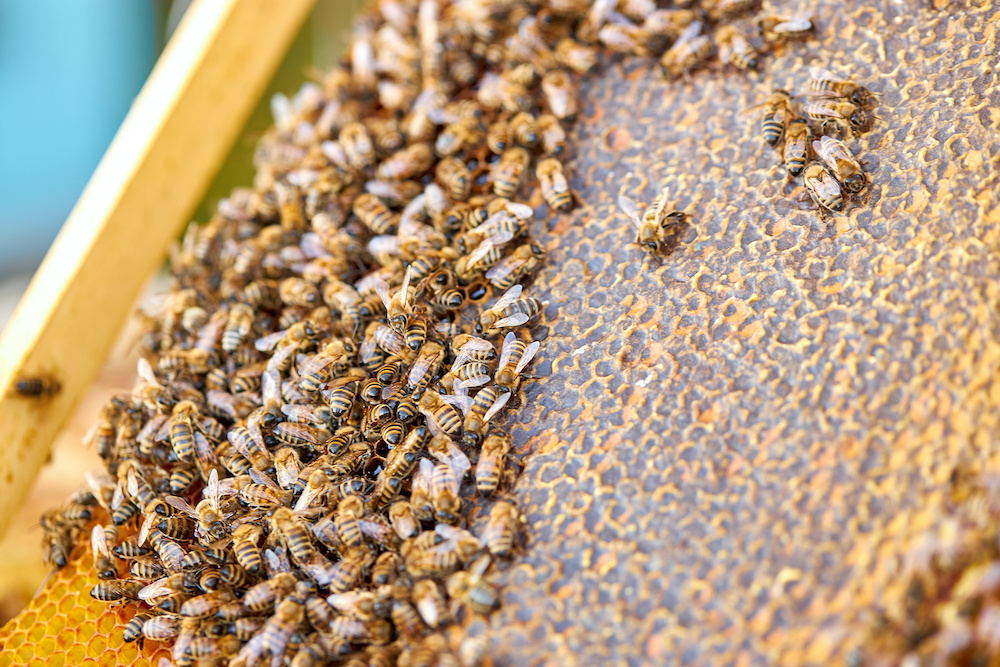A Brief History of Bees


Are you ready for a little history lesson?
Honey bees have been around for millions of years, but how much do you really know about the role bees have played throughout history? Researchers have found evidence of bees dating back to almost 100 millions years ago in the Far East. While those bees were a little different than what we commonly see today, their ancestors are truly fascinating and give us great insight into our present-day honey bee friends.
Bees can be found in every part of the world. In fact, there are about 20,000 different species of bees that range in size and behavior. Some bees live solo, while others live in colonies. Some bees eat leaves, while others collect nectar and pollen. Some bees build elaborate hives, while others prefer to live underground.
Expert Pollinators Throughout History
We already know that bees play a big part in the production of many of the foods that we eat today. They are one of the top pollinators in nature, which means that they help plants and flowers reproduce. By passing pollen from plant to plant, honey bees help them produce seeds and fruits that we can eat. In addition to pollination, bees help flowers spread and contribute a great deal to the diversity that we see in our gardens and fields. Most flowers cannot pollinate themselves, and so they rely on insects such as the bee to do the job for them.
Pollination is such an important part of what honey bees contribute to our ecosystem. They will even fly miles from their hives to find just the right flowers. They can even visit more than 3,000 flowers in just one day!
Bees tend to collect lots of different kinds of nectar and will typically stick to one variety during their foraging trips. Bees are attracted to a number of different plants ,which is why we can help bees by planting gardens that are full of diverse plants that bees love. Some of their favorite plants and flowers to visit include basil, poppy, geranium, lavender, rosemary, sunflower and thyme, just to name a few.
Honey has always been a delicacy
One of the best side effects of pollination and the collecting of pollen and nectar is the production of honey. Even early man realized the beauty of honey. They didn’t have the fancy equipment that we have today, but they still braved swarming bee and painful bee stings to collect the sweet stuff. Honey has been used for thousands of years as a sweetener in beverages and foods and for its medicinal purposes. Honey has been shown to have antibacterial and antiseptic properties, making it effective in fighting against infections and inflammation.
The ancient Egyptians even kept bees as a kind of pet so that they could reap the delicious benefits of honey bees – an abundant supply of honey! The beehives that they kept were called skeps. These were meant to house colonies of bees, but only temporarily. Skeps looked like simple straw baskets. While not a perfect system, they did allow ancient Egyptians to collect honey. However, they were unable to keep the same bees around year after year. They would have to try to catch another hive or swarm, which made having a reliable source of honey a challenge.
While ancient Egyptians may have spearheaded beekeeping efforts, it wasn’t until a man named Lorenzo Langstroth discovered a breakthrough that modern beekeeping took hold. Lorenzo’s discovery was dubbed “bee space.” He found that bees left a tiny passageway in the hive. He was able to use this knowledge as a model for the development of movable bee frames that are used today. That is why he is considered to be the father of beekeeping!
